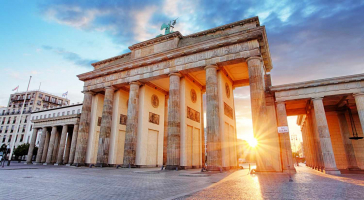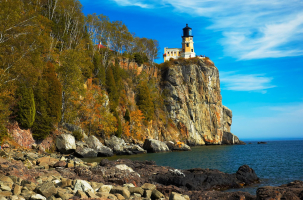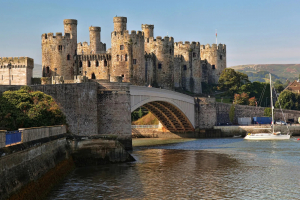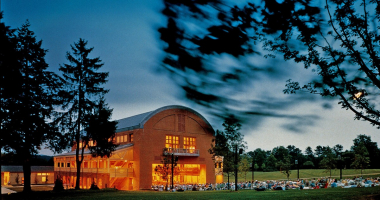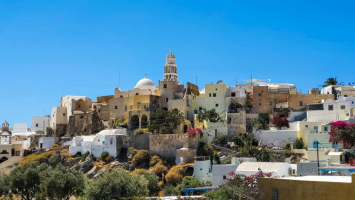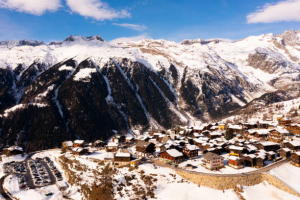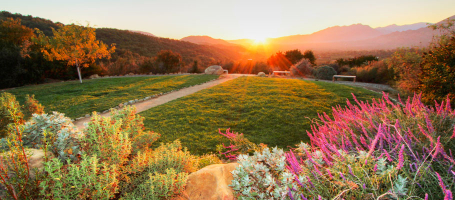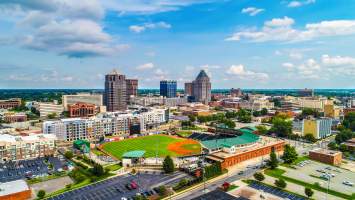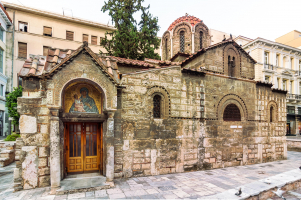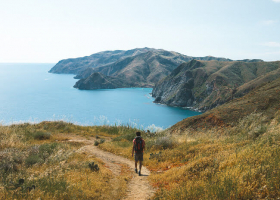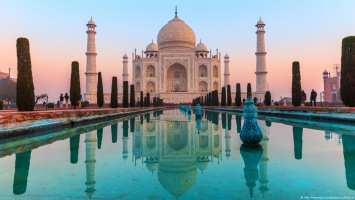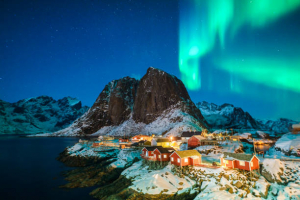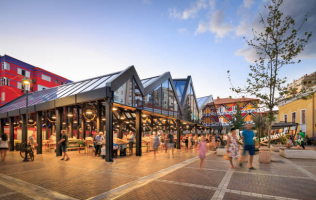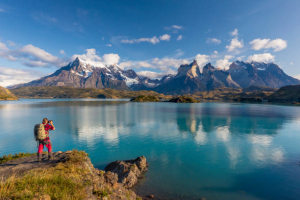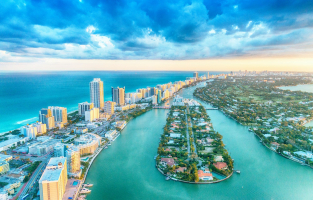Top 10 Best Things to Do in Warsaw
Warsaw is a city with a very tumultuous history. Once called “Paris of the East”, this was one of Europe’s most beautiful cities until it was flattened in ... read more...World War II. Over the past decades, Warsaw has rebuilt itself, rising up from the ashes and emerging once again as one of Europe’s great cities. Warsaw is well worth a visit on even the fastest itineraries through Poland. Below are the best things to do in Warsaw, let's find out!
-
One of the first things you should do when you first arrive in Warsaw is to go for a stroll around the Old Town Market Square. It is a medieval square located right in the middle of Warsaw's Old Town constructed in the 13th Century when the city was founded. The place is truly the heart of Warsaw and there is no better place to start exploring than here.
Within the square, you will find the iconic bronze mermaid sculpture that had been there since the 19th Century and it is surrounded by some of the most beautiful Baroque-style buildings out there. Whatever colors your mind can imagine, all the surrounding buildings have them. It is one of the most colorful spots in the city and there will be plenty of photo opportunities for you here.
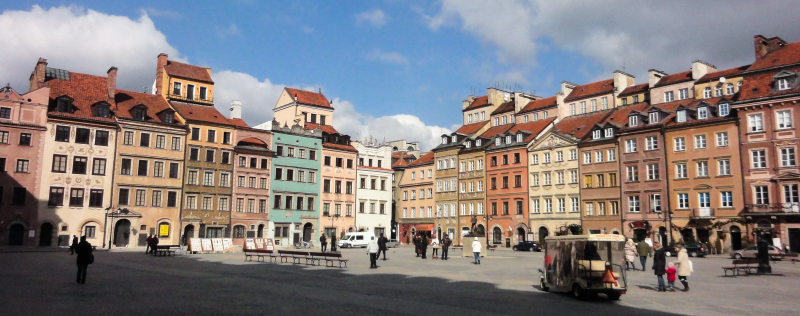
Wikimedia Commons 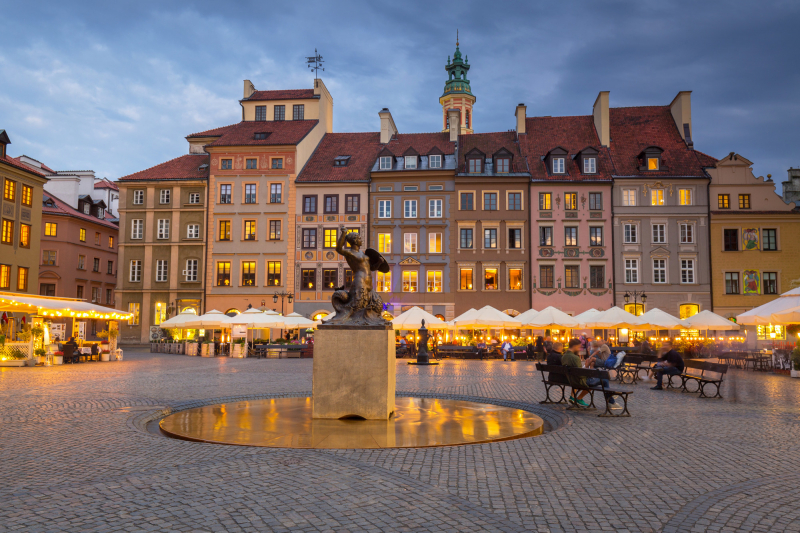
In Your Pocket -
St. John's Archcathedral probably has one of the most unique facades of any cathedral out there. St. John's Archcathedral is a Roman Catholic Church, one of the 3 most prominent churches in the city and the only one that possesses the title of the arch cathedral. The facade came in many forms but due to the conflicts before and during World War 2, the structure was destroyed and renovated many times over.
It has transitioned through various architectural styles throughout the course of its existence, from Gothic to the current design, which was actually recreated based on the assumed appearance of the 14th-century church from depiction, giving it its distinctive out-of-place-yet-fit-right-in look. Go on this fabled Warsaw Walking Tour, where the local guide will take you to many of the hidden jewels you might not have seen on your own if you want to take a deeper dive into Warsaw's architectural landscape.
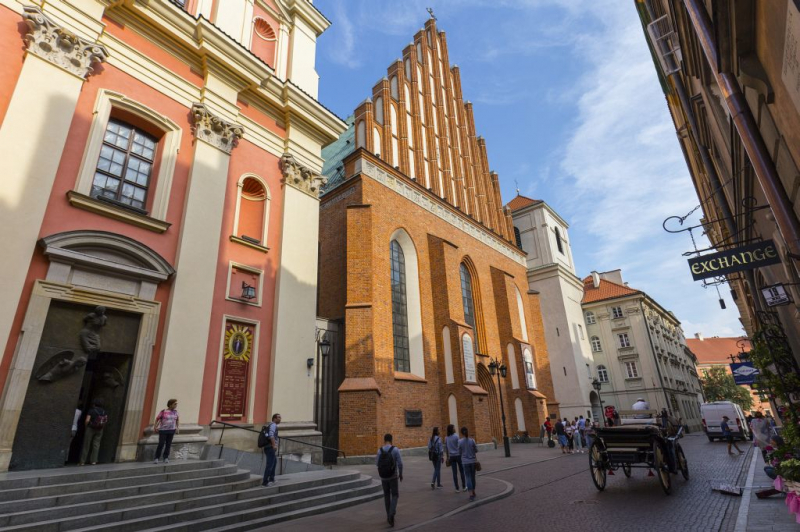
WarsawTour 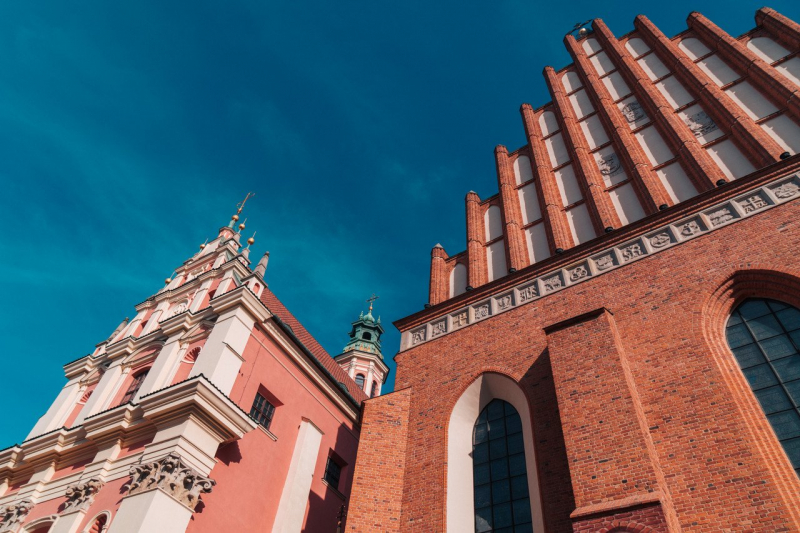
BucketListly Blog -
If you are wondering what Warsaw Old Town looks like from above, there is no better viewpoint above Warsaw Old Town Square than the St. Anne's Church Observation Deck, which will give you a sweeping view of the Old Town as well as the surrounding cityscape you wouldn't otherwise see from the ground.
St. Anne's Church Observation Deck is located on top of the bell tower of St. Anne's Church and you will have to climb the 148 steps to get to the top but the view from up there is worth every sweat. The Bell Tower is open from 10 AM to 9 PM in the summer and 10 AM to 6 PM in the winter on weekdays and 11 AM to 10 PM and 11 AM to 6 PM on weekends respectively. The ticket price is around 10 PLN per person.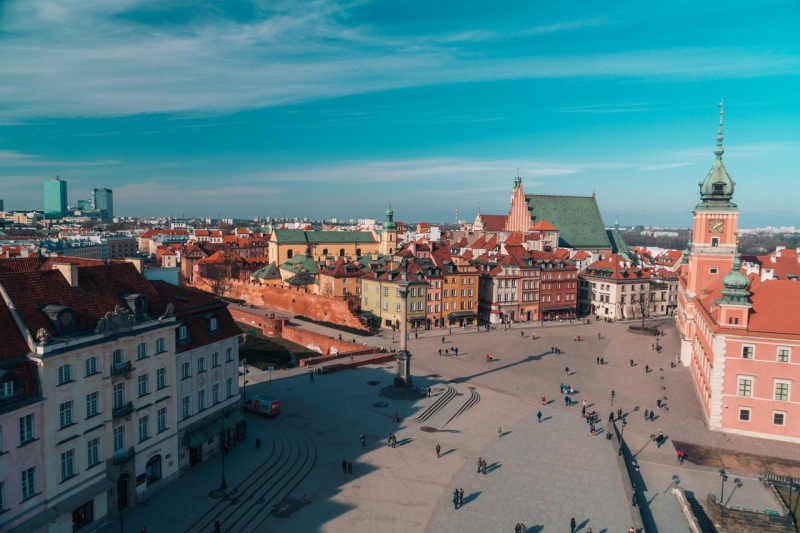
BucketListly Blog 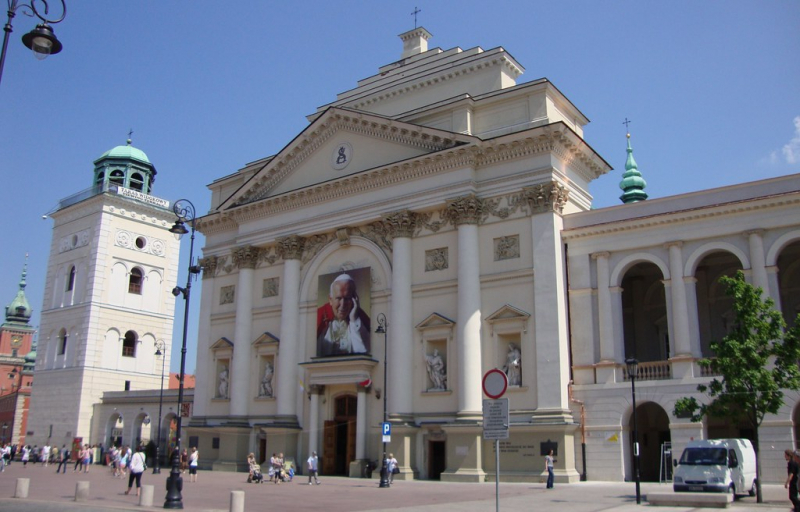
Flickr -
The Warsaw Uprising Museum is dedicated entirely to one of the bravest uprising events during WW2, the Warsaw Uprising in 1944. The museum collects and preserves every single bit of history during that time from old artifacts like weapons to love letters people send to each other.
It is a place where you will be able to see the struggles of the people during World War 2 as a whole and really get to see the big picture of the event and how hard they fought against the Nazi regime. The museum is pretty big and it can take you about an hour or 2 to see all the exhibitions inside. There is also a replica of the B-24 Liberator bomber plane inside a massive hangar hall that you can check out. There is a lot to do here so be sure to spare some time at the museum. Warsaw Uprising Museum opens from 10 AM to 6 PM every day except Tuesday and the entrance ticket is 25 PLN per person with the admission fee waived if you visit on a Monday.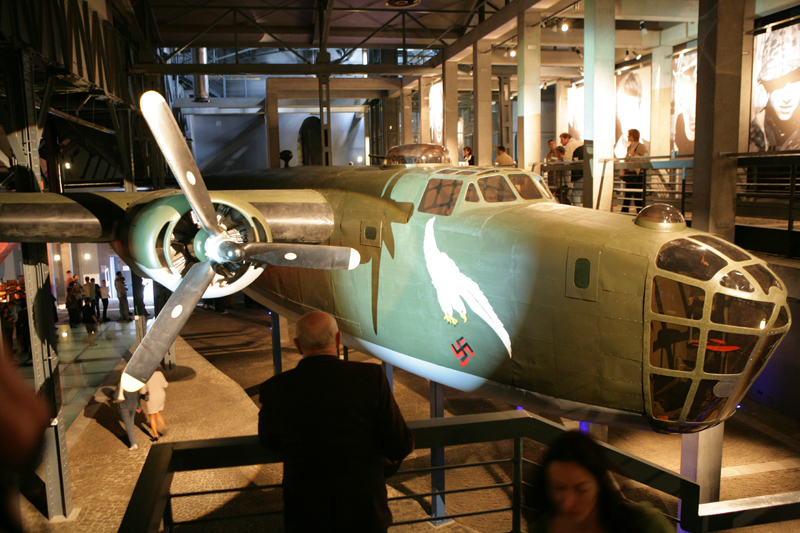
Wikipedia 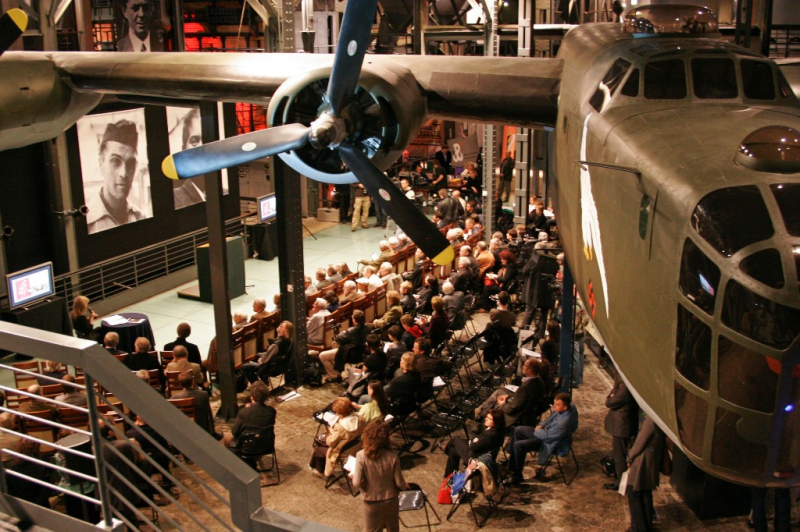
WarsawTour -
One of the most prominent structures that you can't miss is the Royal Castle of Warsaw, a 16th Century palace located right at Castle Square in Warsaw's Old Town. Like most structures in Warsaw Old Town, it went through several important events throughout history, got destroyed during WW2, and renovated, restoring its former 17th- Century self and converted into a museum where you can get a glimpse of what it was like to be a royal back in medieval Poland.
Inside, you will find all kinds of beautifully constructed rooms ornated with intricately designed decors that will bring you back to the medieval time from the beautiful Throne Room to the Great Assembly Hall. If you are interested in the medieval history of Poland, visiting the Royal Castle of Warsaw is a no-brainer. The place opens from 10 AM to 6 PM every day except Monday and the entrance fee is 30 PLN per person.
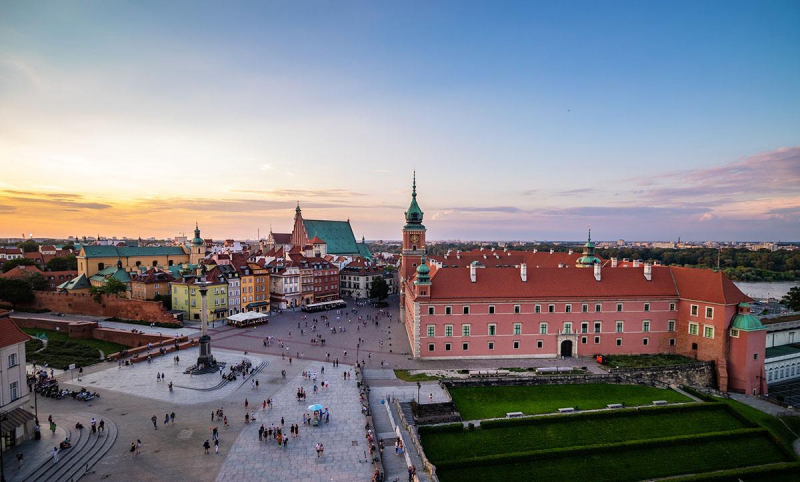
Culture.pl 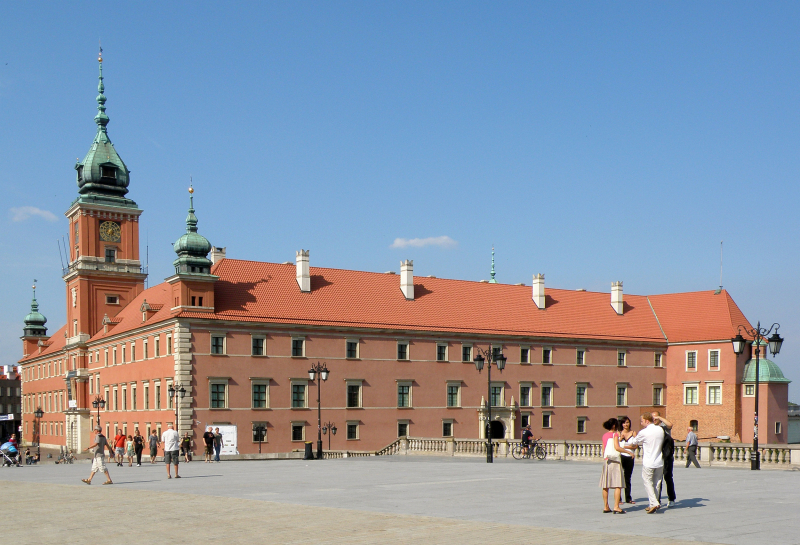
Wikipedia -
Lazienki Park is a massive park located south of Warsaw Old Town, and it is home to some of the most stunning nature sceneries in the city as well as some of the prettiest pieces of architecture out there like the Palace on the Isle, Ujazdowski Castle, and many more.
The park is massive, encompassing over 76 hectares, making it the largest park in Warsaw and you can spend hours just strolling around the park, discovering beautiful statues, and museums, while being surrounded by lovely animals like peacocks and squirrels that thrive in this beautiful green space. One of the most prominent structures in the park is the Palace on the Isle, an old bathhouse built by the royals in the 17th Century as a place of leisure, and it is located right by a large pond making it a popular place for people, both locals and tourists to hangout.
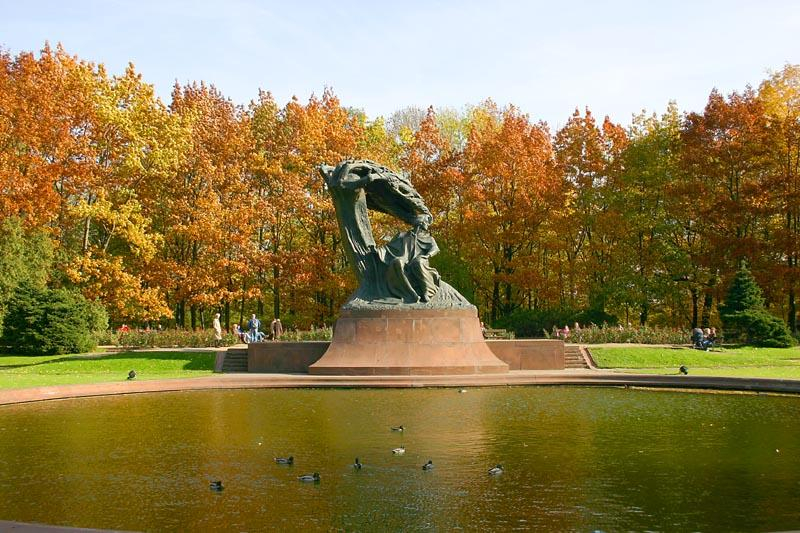
Wikipedia 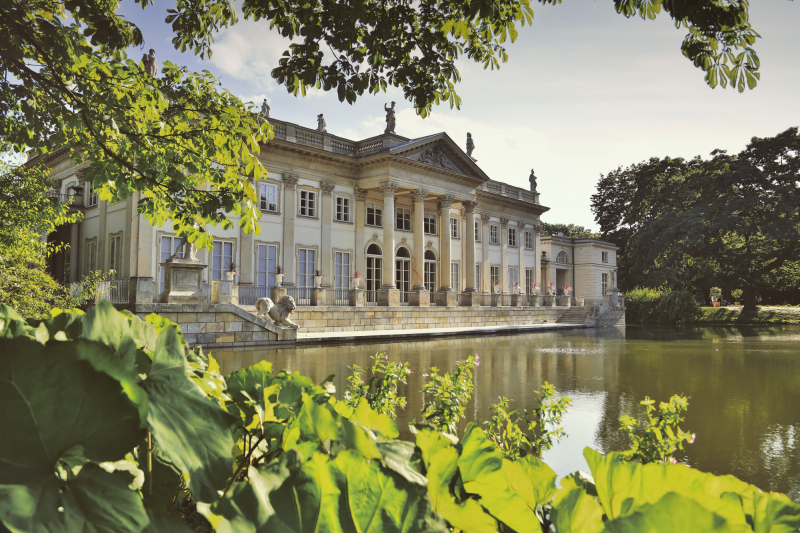
In Your Pocket -
One of the most stunning palaces in the country, Wilanow Palace is a royal palace located in the Wilanow district of Warsaw, and it is one of the few structures that survived the destruction during WW2, and still retains the cultural prowess of the Polish people before the tragic events following the 18th Century.
Inside the palace is a museum dedicated to preserving the country's royal and artistic heritage with a huge collection of Sarmatian art as well as sculptures and other types of art. There are several rooms you can walk through in the Palace all of which are filled with old artifacts and decor that give you a glimpse of what life in the palace was like. Wilanow Palace opens from Monday to Friday between 10 AM and 4 PM with free entry every Thursday. The entrance ticket is around 35 PLN per person and you can get one online here.
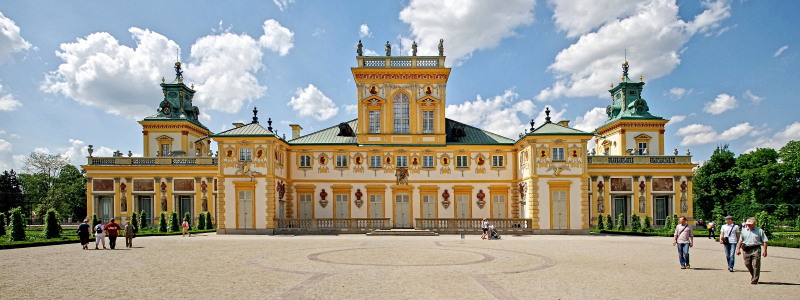
In Your Pocket 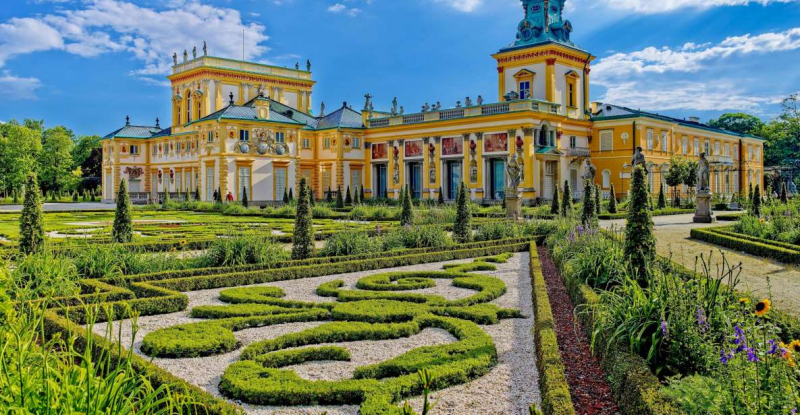
GetYourGuide -
Other than medieval architecture, Warsaw is also known to have some really interesting Brutalist architecture and one of the most prominent ones is the Palace of Culture and Science, a 237 meters high-rise building regarded as the second tallest building in the city, second only to Varso. The high-rise was built in 1955 and it is a great example of the utilitarian nature of Brutalism designs and constructions so prevalent in Europe during that time.
You would probably notice the similarity between this building and those in Moscow if you had already been there. It is a common Soviet architectural design for high-rise buildings, and you can see examples of it all throughout the former Soviet satellite states. You may visit Warsaw with the Communist Warsaw History Tour while riding the communist-vintage Nysa 522 minivan, which is the best way to find out about the city's many other brutalist architectures from the Soviet era.
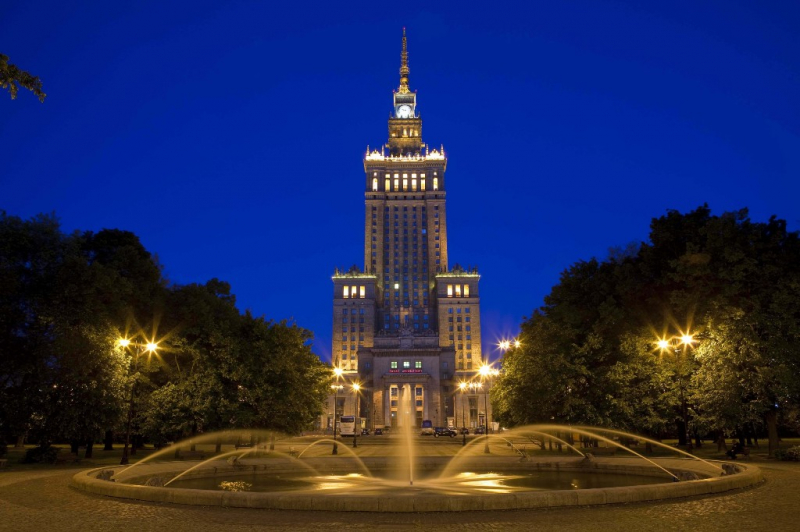
WarsawTour 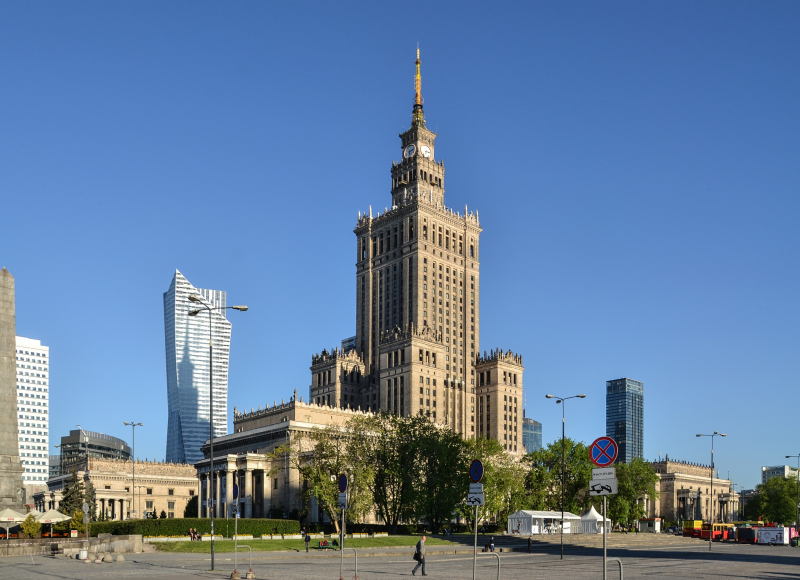
Wikipedia -
The Warsaw University Library roof garden was designed by the landscape architect Irena Bajerska and opened in 2002. The area is 1 hectare and it has beautiful views of the River Vistula and the city of Warsaw. There are symbolic themes and the planting is lush on a 300mm layer of soil. The library building has green walls and large wall teblets with mathematical formulas, musical scores, and famous quotations in various alphabets.
The rooftop opens from 8 AM to 6 PM every day and it is free to enter. In winter, from November 1 - March 31, it is open from 9 a.m. to 3 p.m. It is a great place to escape the bustling city of Warsaw and be among nature as well as an excellent example of how publicly accessible greenspace can be made at roof level.
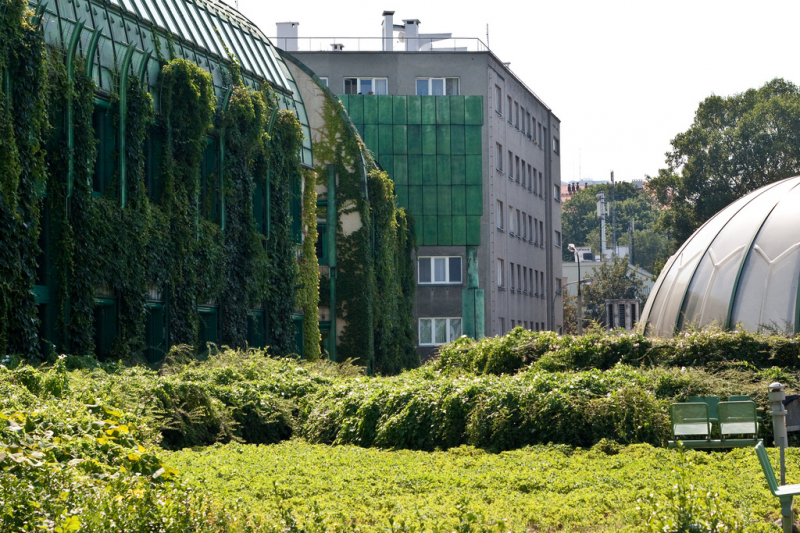
Gardenvisit.com 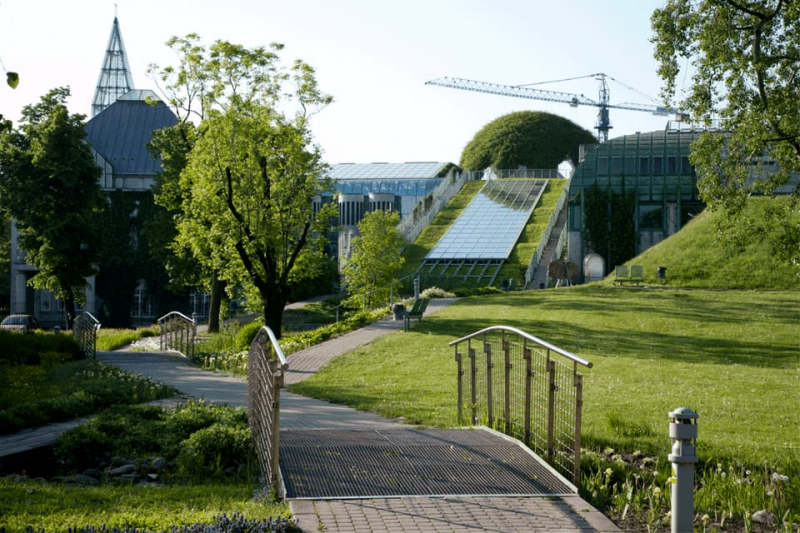
Gardenvisit.com -
If you’re looking for a place to stay with views of the Vistula River, then visit the Vistula Boulevards. The waterside walkways stretch across a considerable length of the riverbank, with many shops, small parks, lookouts, and terraces that offer an uninterrupted view of the Vistula. You can go jogging or biking during the early morning or spend time walking during the afternoons when foot traffic is much heavier.
If you’re not up for physical activities, then stop by the many food establishments along the paths and order a favorite Polish delight. Aromatic coffees, the popular Sernik, delicious slices of Szarlotka, and other local pastries are offered amongst these riverside restaurants.
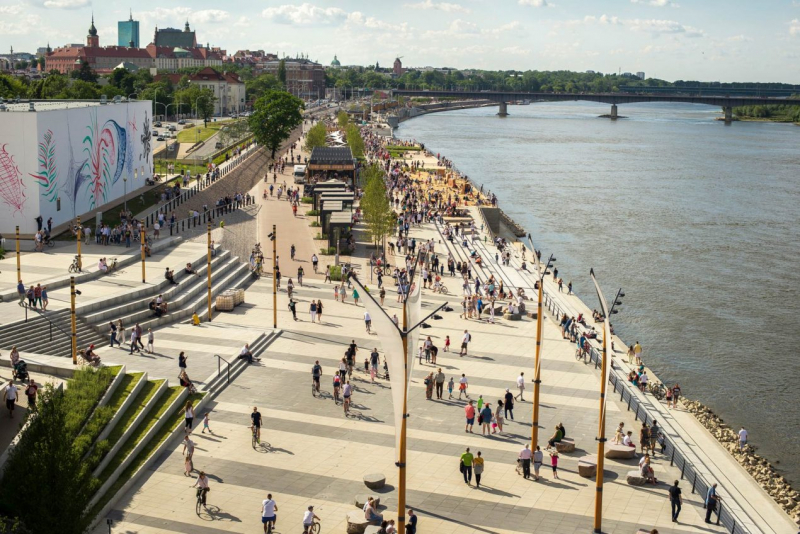
Landezine 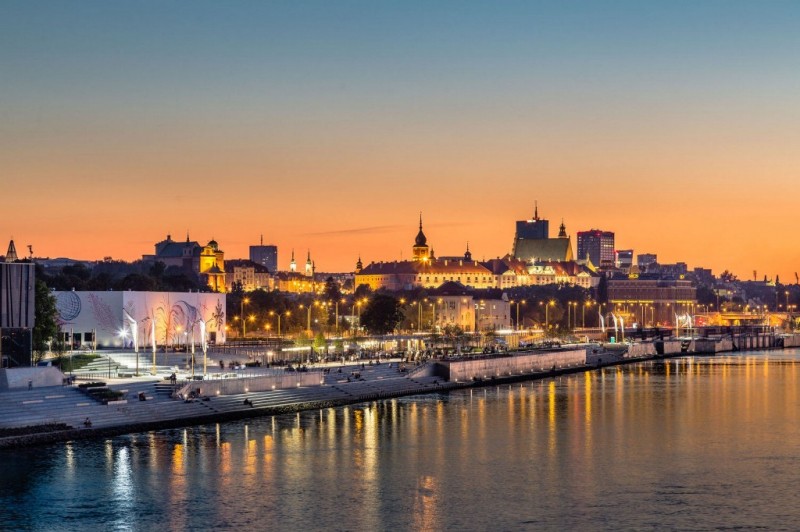
WarsawTour












